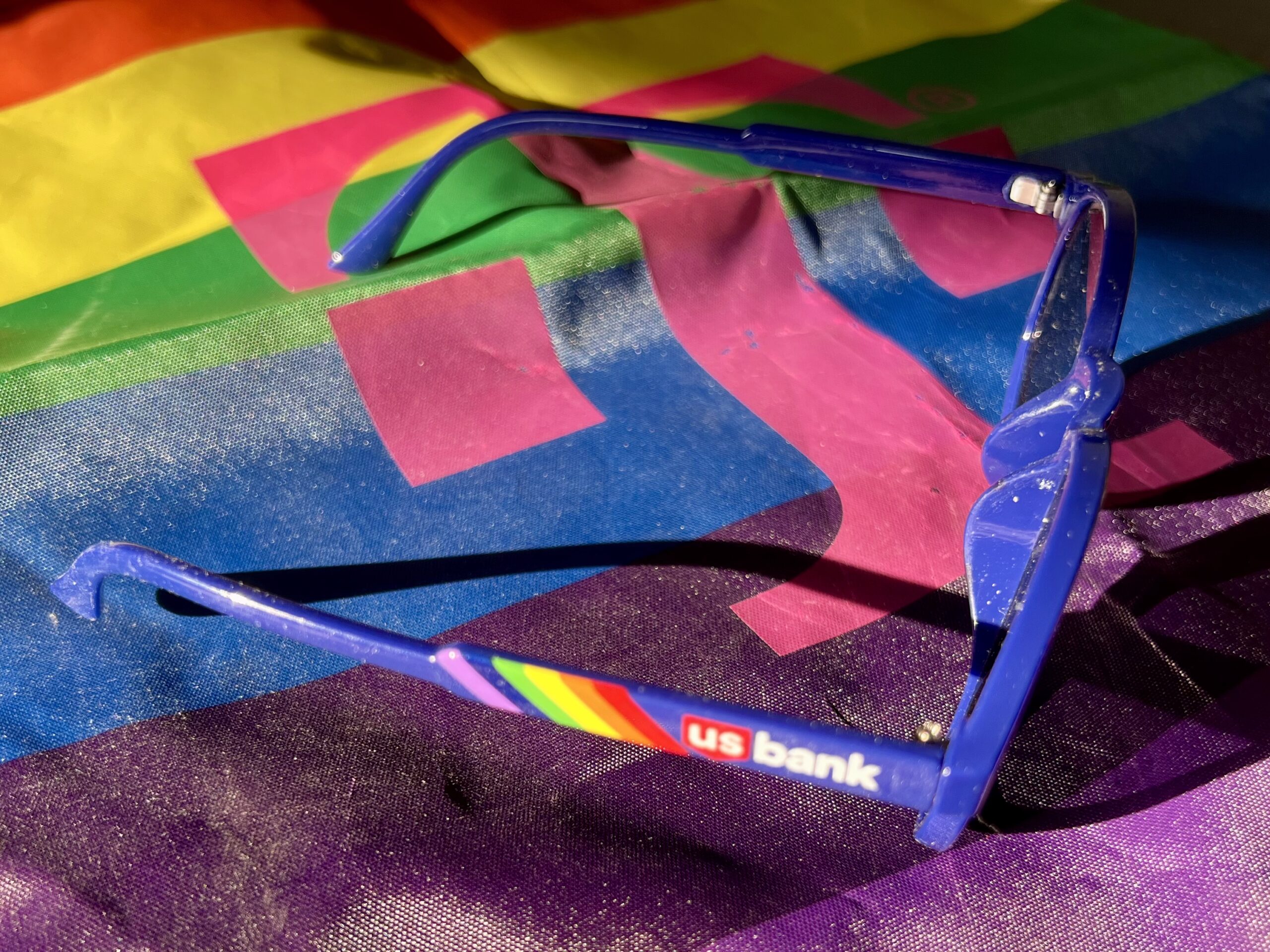Ah, ✨Pride✨. (Whoa, how’d I do that?) That glittering, glorious rainbow-streaked extravaganza of queerness that promises love, community, and a safe space to celebrate who we are. It’s a time for chosen families to come together, for every shade of the LGBTQIA+ spectrum to shine, and for us to collectively yell, “We’re here, we’re queer, and we’re not going anywhere!”
And yet, as much as my inner leftist swoons at the sight of queers being unapologetically themselves, my brain can’t help but throw on the emergency brakes whenever I see yet another “Pride Collection” ad. You know the ones—rainbow T-shirts from a company that donates approximately $0.02 per purchase to a vaguely defined “charity,” or glittery sneakers that cost more than a week’s rent and come with a hefty helping of performative allyship.
Let’s talk about the good stuff first. Pride is a powerful reminder of what queer community can look like when we’re united. It’s easy to feel isolated as a queer person, especially in a world that’s still pretty hostile in a lot of ways. But at Pride, you’re surrounded by people who get it. People who know what it’s like to navigate a world that wasn’t designed with you in mind, but who are still showing up, loud and proud, refusing to be erased.
There’s magic in that kind of solidarity. It’s the drag queens strutting down the parade route like they own the joint. It’s the trans flag waving high, a symbol of resilience in the face of laws and policies trying to squash us out of existence. It’s the queer elders, those brave trailblazers who paved the way for us to be here today, and the queer kids, wide-eyed and hopeful, just beginning to understand their place in the world.
But then, there’s the shadow cast by corporate Pride. You know, the part where massive corporations slap rainbows on their logos for one month out of the year while quietly donating to anti-queer politicians the other eleven. It’s like being invited to a party only to find out that the host just wants you there to make their Instagram look diverse.
It’s not just the commodification that grates on me—it’s the way it feels like Pride’s radical roots are being eroded. Pride started as a riot, led by trans women of color who weren’t asking for permission to exist. They weren’t doing it for sponsorships or photo ops. They were demanding justice, equity, and liberation.
These days, it can feel like the riot is being replaced by rainbow capitalism. The same companies that rainbow-wash their brands for Pride Month often stay silent when our community faces actual threats, or worse, actively profit from the systems that oppress us. It’s a bitter pill to swallow when you realize that some of those rainbow-clad parade floats are less about celebrating queerness and more about marketing budgets.
So, where does that leave me? Conflicted, honestly. I love Pride for what it represents: a moment for us to be unapologetically ourselves, to celebrate how far we’ve come, and to rally for how far we still have to go. But I’m also wary of what it’s becoming: a diluted, sanitized version of itself, repackaged for mass consumption.
For me, the challenge is figuring out how to navigate Pride in a way that feels authentic. That might mean skipping the big corporate-sponsored events and focusing on grassroots, community-led celebrations. It might mean using the energy of Pride as a launching pad for action—supporting mutual aid funds, attending protests, or volunteering with local queer organizations. It definitely means holding corporations accountable, calling out the hypocrisy, and reminding them that slapping a rainbow on their logo isn’t enough.
Pride is ours. It’s not theirs to monetize or co-opt. It’s a riot, a celebration, a protest, a community—messy and imperfect and beautiful, just like queerness itself. And I’ll keep showing up for it, rainbow capitalism and all, because the core of Pride is something they can’t take away: us.
And no, I’m not immune to rainbow propaganda, either.

